Latest Posts
What is SLC NAND Flash? A Deep Dive into High-Performance Storage
Your phone, your SSD, and even space probes rely on NAND flash—but not all NAND is built the same. Some are cheap and disposable. Others, like SLC NAND, are engineered for extreme endurance in high-stakes environments.
NAND flash powers modern storage, but different types balance speed, durability, and cost differently. Single-level cell (SLC) NAND stores one bit per cell, making it the fastest and most durable NAND flash type.
While most consumer devices favor TLC or QLC NAND for affordability and capacity, mission-critical industries—like aerospace, medical devices, and industrial automation—still rely on SLC for its unbeatable reliability.
This article will explore how SLC NAND works, why it lasts longer than other NAND types, and whether it still has a future in a world moving toward cheaper alternatives.
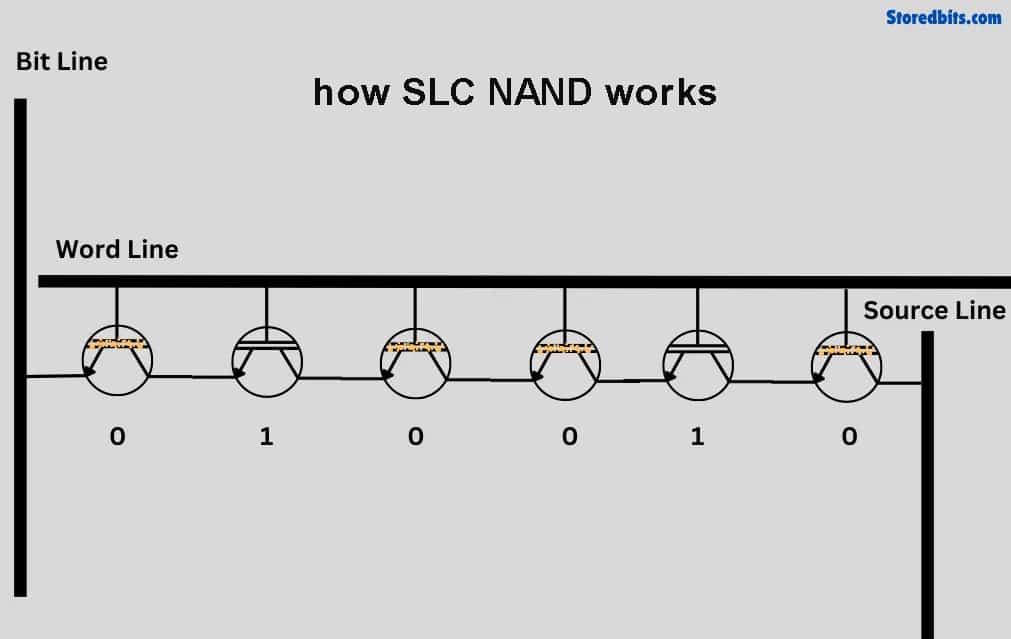
The Evolution of NAND: Why SLC Became a Niche
Different Types of NAND Flash
NAND flash has evolved to store more data per cell, increasing capacity while lowering cost. However, this has come at the expense of speed and endurance.
| Type |
Bits Per Cell |
Speed |
Lifespan (P/E Cycles) |
Price per GB |
Used In |
|
SLC |
1 |
Fastest |
50,000+ cycles |
10× cost of TLC |
Industrial, aerospace, medical devices |
|
MLC |
2 |
Fast |
3,000–10,000 cycles |
3–4× cost of TLC |
Enterprise SSDs, prosumer devices |
|
TLC |
3 |
Good |
1,000–3,000 cycles |
Standard |
Consumer SSDs, smartphones |
|
QLC |
4 |
Slowest |
<1,000 cycles |
Cheapest |
Budget SSDs, external storage |
Why NAND Technology Moved Beyond SLC
Initially, SLC was the standard, but companies prioritized cost and capacity over performance. As a result, TLC and QLC NAND became dominant in consumer storage because they offer higher capacities at a fraction of the cost.
- Consumer devices (like phones, gaming consoles, and budget SSDs) use TLC or QLC to save money.
- Enterprise and industrial applications (where data loss is unacceptable) still rely on SLC.
For example, your smartphone’s SSD likely uses TLC NAND, but a black box in an aircraft—which must survive extreme conditions—uses SLC NAND for absolute reliability.
Why SLC NAND is More Durable & Reliable
While the evolution of NAND flash has largely been driven by the need for greater capacity at lower costs, SLC NAND truly stands apart in terms of durability and reliability.
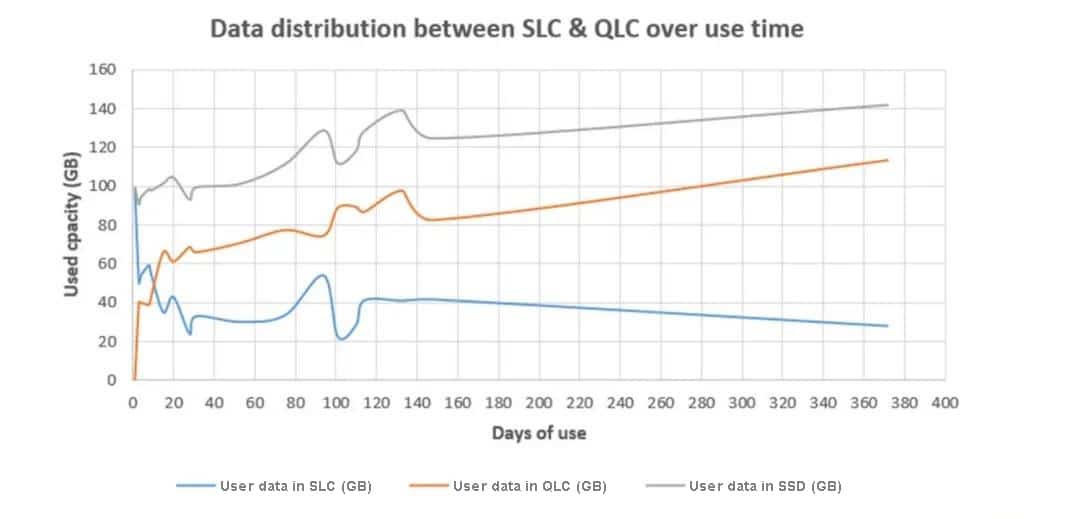
What Makes SLC NAND More Reliable?
SLC NAND outperforms other NAND types because:
Less Data Per Cell = Less Wear
- Since SLC stores only one bit per cell, it experiences less electrical stress compared to TLC or QLC, which stores three or four bits per cell.
- This advantage is evident in many SLC and memory applications where durability is non-negotiable.
Higher Endurance: More Write Cycles

- SLC NAND: 50,000–100,000 write cycles
- TLC NAND: 1,000–3,000 write cycles
- QLC NAND: Less than 1,000 write cycles
- This means SLC NAND can be rewritten 50× more than QLC before failing.
Lower Error Rate
- Fewer voltage levels reduce the risk of data corruption.
- SLC NAND also needs less error correction compared to TLC/QLC, making it more efficient.
Where SLC NAND is Used:
- Industrial Automation – Used in manufacturing and robotics where devices must handle heat, dust, and vibration.
- Aerospace & Military – Found in satellites, flight recorders, and missile guidance systems.
- Medical Devices – Used in pacemakers and MRI machines, where data loss is life-threatening.
- Enterprise Storage – Used in high-performance SSDs and caching layers.
While SLC NAND is rare in consumer products, some premium SSDs and high-end USB drives still use it for maximum speed and longevity.
SLC vs. Other NAND Types: Trade-offs & Practical Applications
With a clear understanding of what makes SLC NAND exceptionally durable, it’s important to compare its performance with other NAND types to highlight the trade-offs inherent in modern storage solutions.
Comparison of SLC and Other NAND Types
|
Feature |
SLC NAND |
MLC/TLC NAND |
|
Speed |
Fastest |
Fast but slower than SLC |
|
Endurance |
50,000+ cycles |
1,000–10,000 cycles |
|
Reliability |
Most reliable |
Higher chance of errors over time |
|
Price |
Expensive |
More affordable |
|
Use Case |
Industrial, aerospace, medical |
Phones, consumer SSDs, laptops |
The Future of SLC NAND: Will It Survive?
SLC NAND remains essential for mission-critical applications, but emerging technologies are beginning to challenge its role. While TLC and QLC continue improving, new memory technologies are emerging, claiming to offer high endurance without the cost of SLC. But how do they really compare?
Can SLC Be Replaced? A Look at Emerging Alternatives
| Technology |
Speed |
Endurance |
Cost |
Viable Replacement for SLC? |
|
SLC NAND |
Fastest |
50,000+ cycles |
Expensive |
Proven, still used in critical applications |
|
3D NAND with SLC Caching |
Fast |
Limited (depends on TLC/QLC) |
Affordable |
Only for consumer/enterprise use, not extreme conditions |
|
PCM (Phase-Change Memory) |
Very fast |
Theoretically high |
Expensive |
Still experimental, not widely adopted |
|
MRAM/RRAM |
Fast |
High endurance |
Expensive |
Promising, but not yet scalable for storage |
MRAM is promising due to its speed and non-volatility, but its high cost and limited density make it unsuitable for mass adoption—yet.
Will SLC NAND Disappear?
Not anytime soon. While 3D NAND with SLC caching is great for consumer and enterprise SSDs, it still relies on TLC/QLC, making it unsuitable for extreme environments. PCM and MRAM are promising, but scalability, cost, and reliability concerns keep them from replacing SLC entirely.
For industries where data loss means disaster—like aerospace, AI, and autonomous systems—SLC NAND remains irreplaceable. While it may shrink into an even more niche market, SLC isn’t going anywhere until something truly better comes along.
Conclusion: Why SLC NAND Still Rules
SLC NAND may be costly and rare in consumer devices, but its unmatched speed, durability, and reliability make it indispensable for mission-critical applications. Unlike TLC and QLC, which prioritize cost and capacity, SLC is built for industries where failure isn’t an option—like aerospace, medical, and industrial automation.
Emerging technologies like 3D NAND with SLC caching, PCM, and MRAM show promise, but they still fall short under real-world pressure. Scalability, cost, and long-term reliability keep them from dethroning SLC entirely.
Until something truly better comes along, SLC NAND isn’t just relevant—it’s irreplaceable.
If you’re serious about durability and don’t trust your data to cut corners, HugDIY offers the kind of high-endurance storage solutions built on real SLC—you won’t find that in your average off-the-shelf drive.

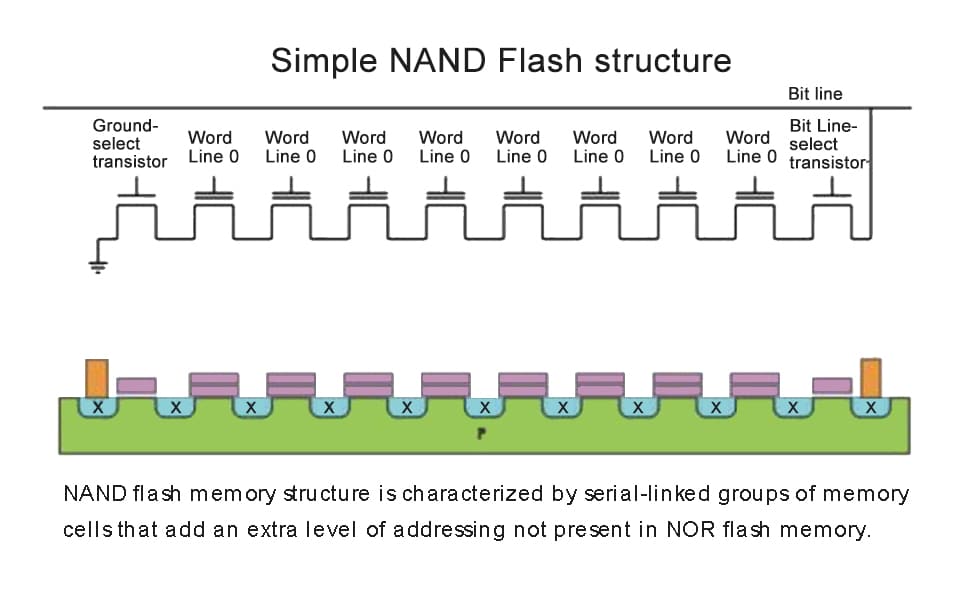
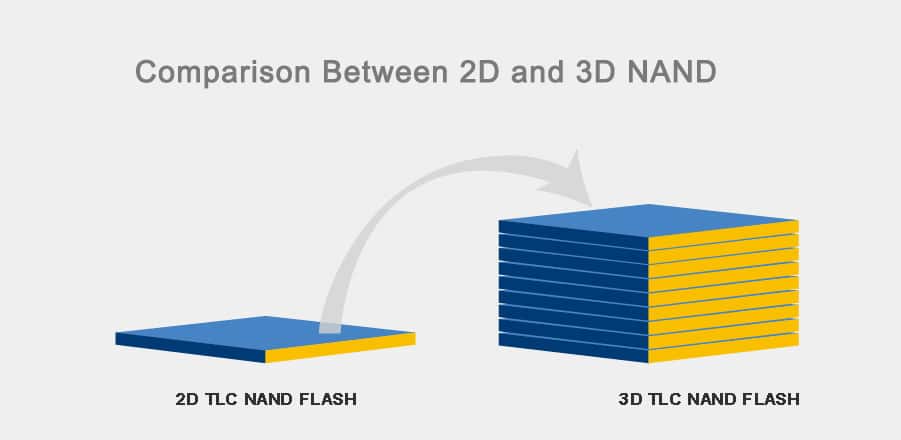

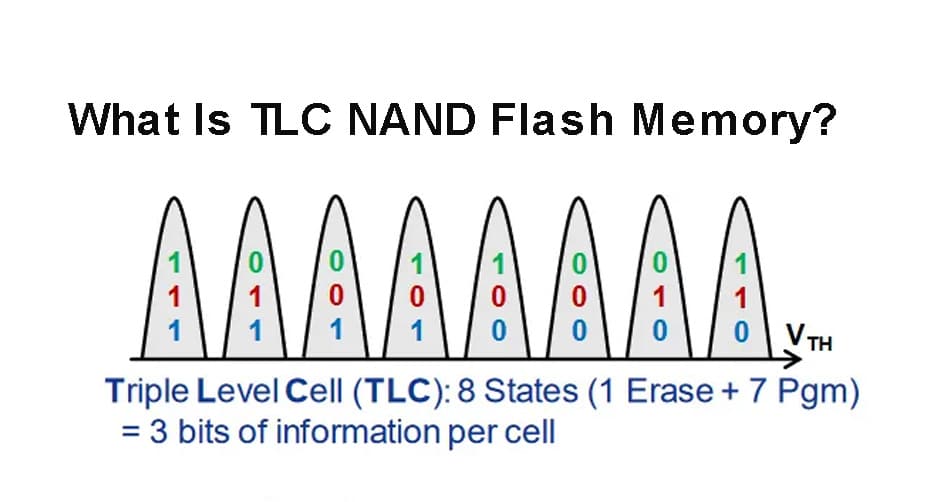
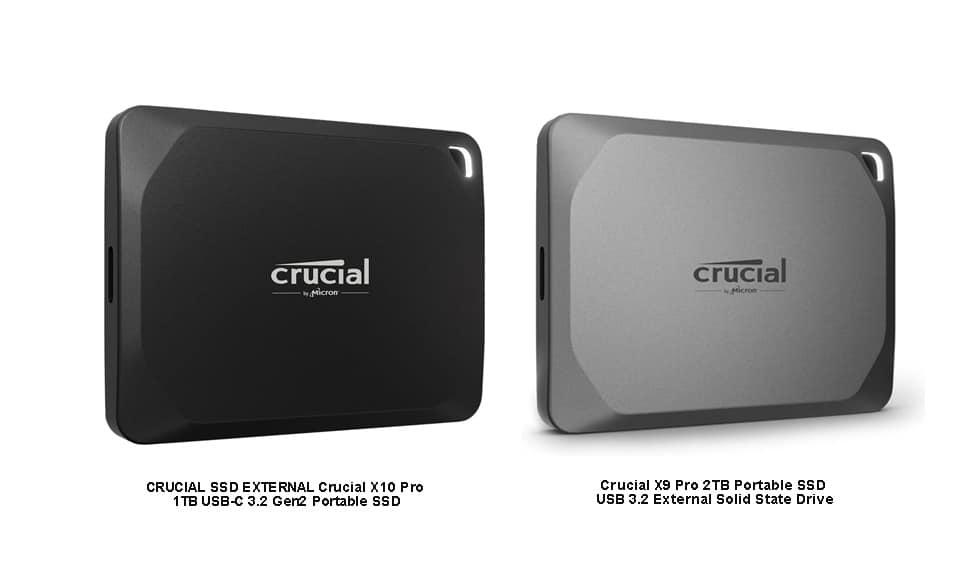
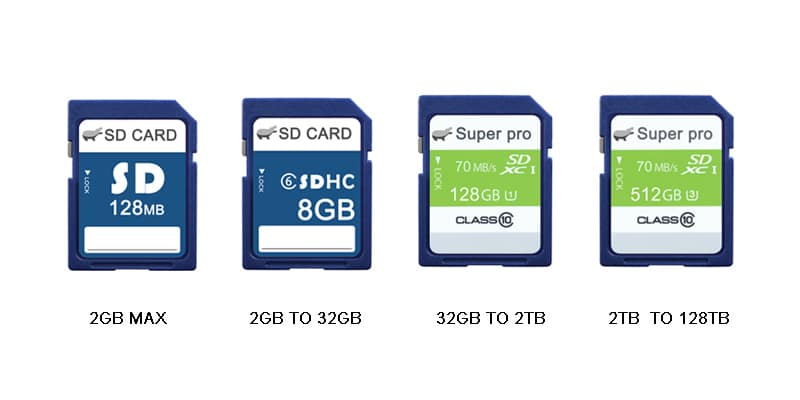
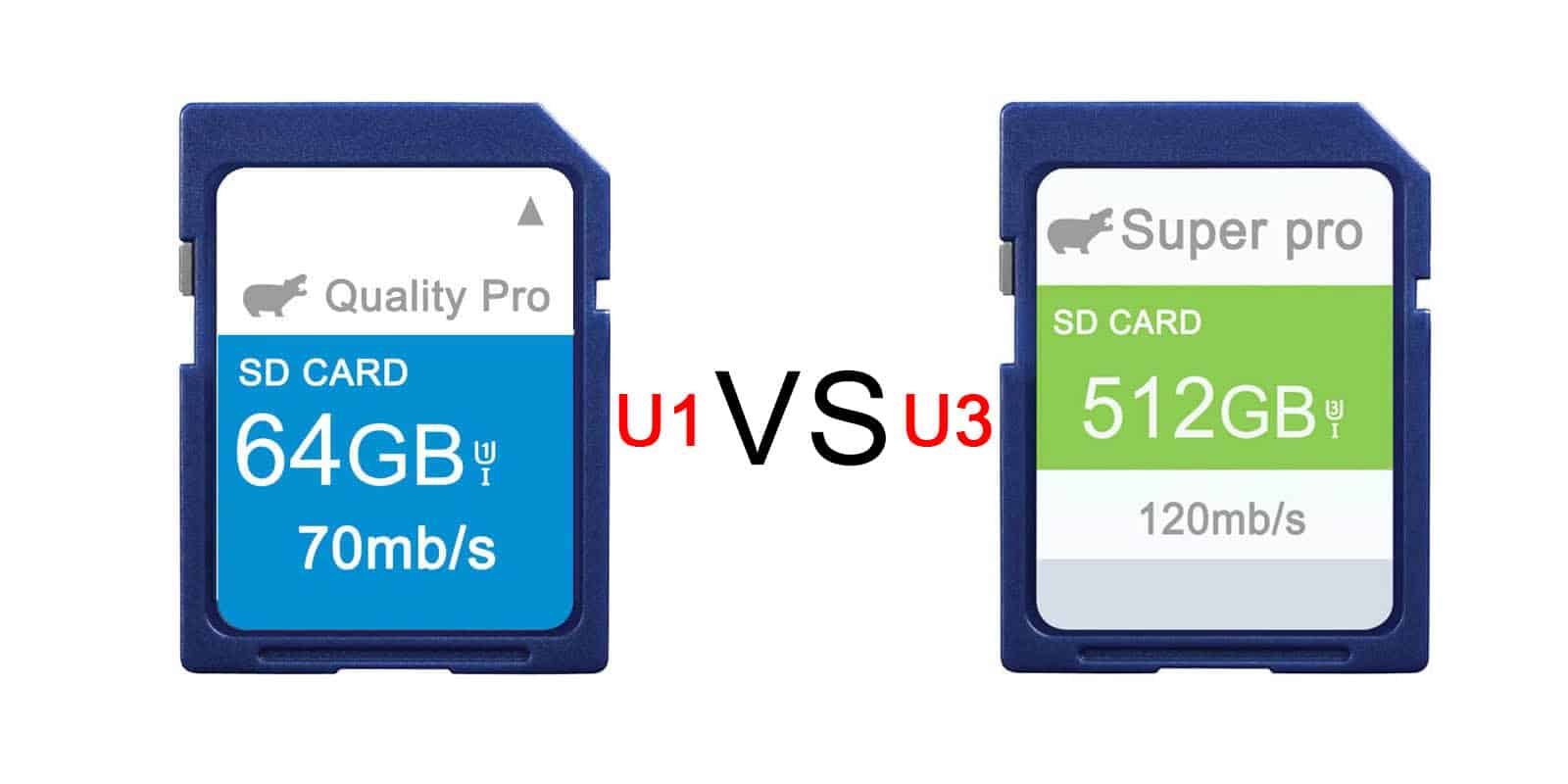
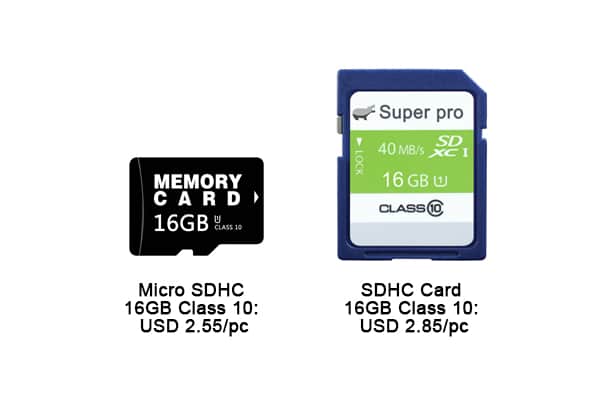
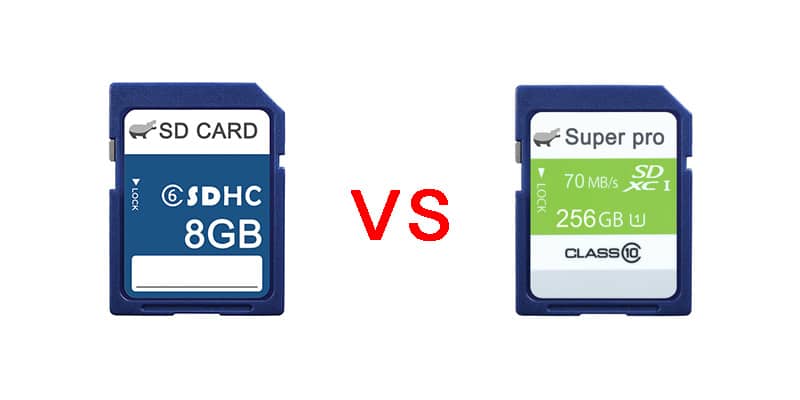
Leave a comment